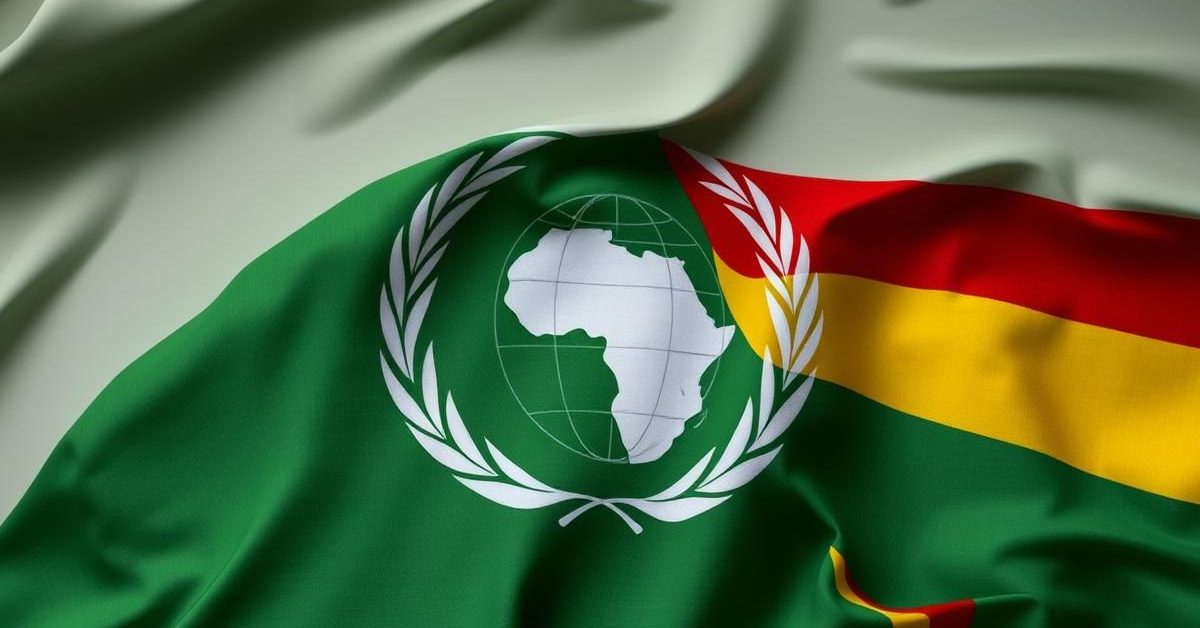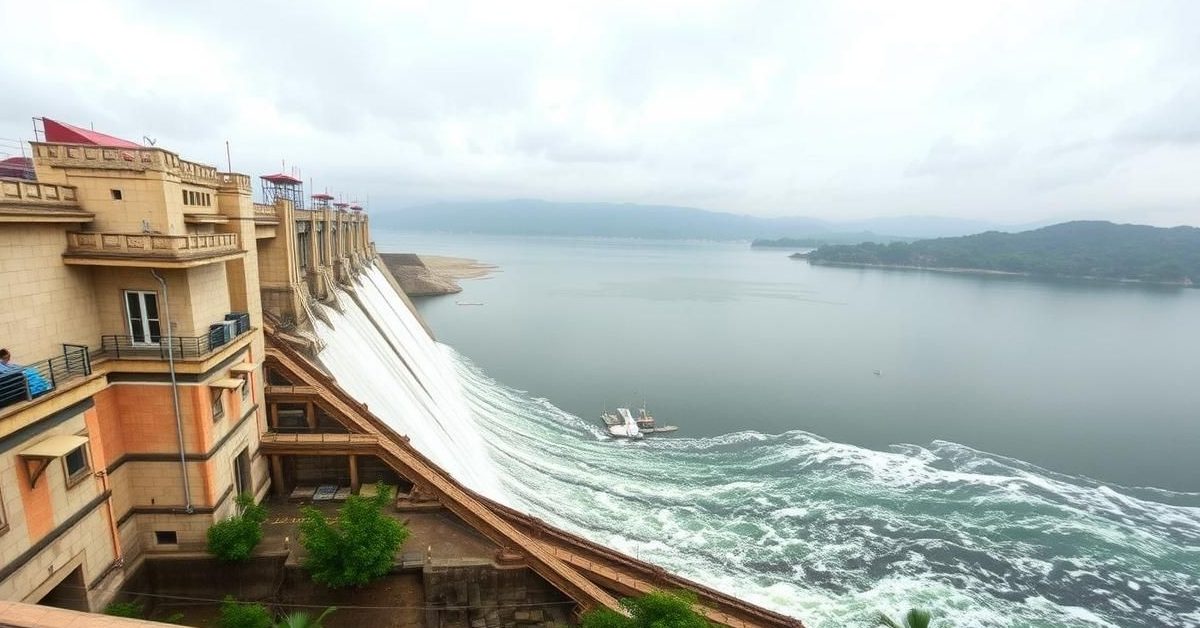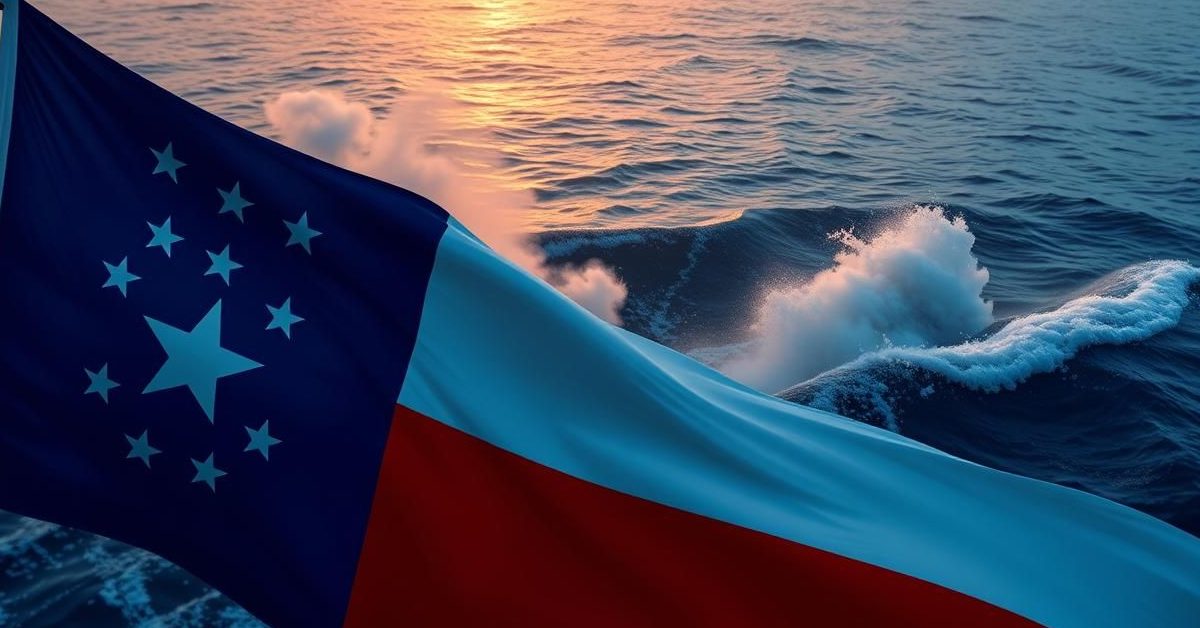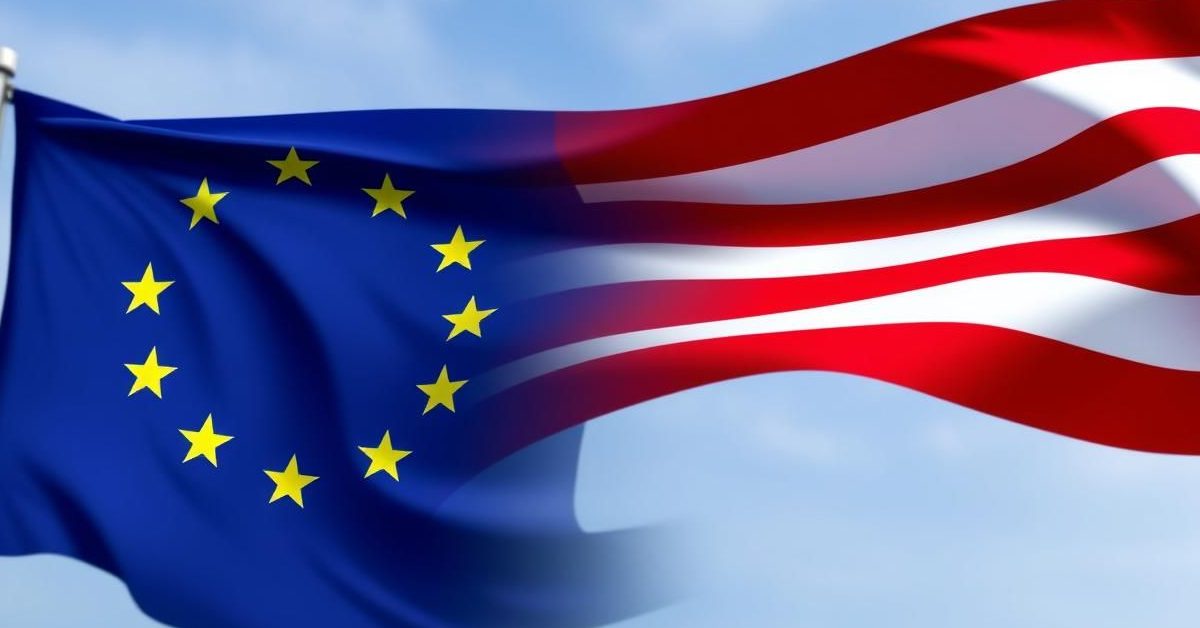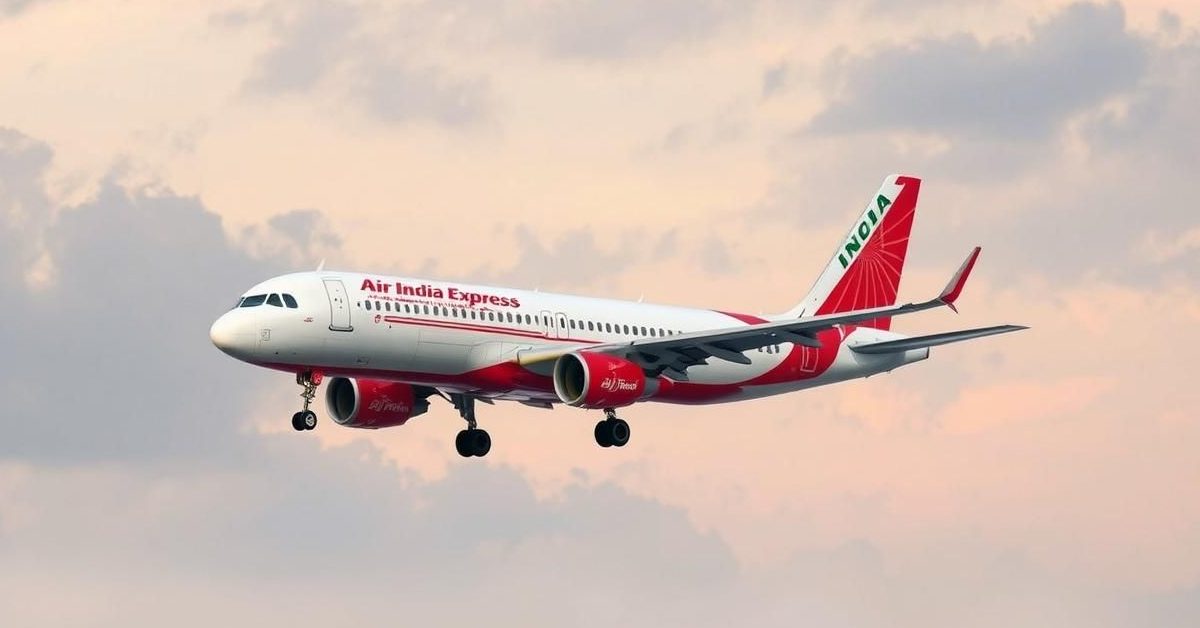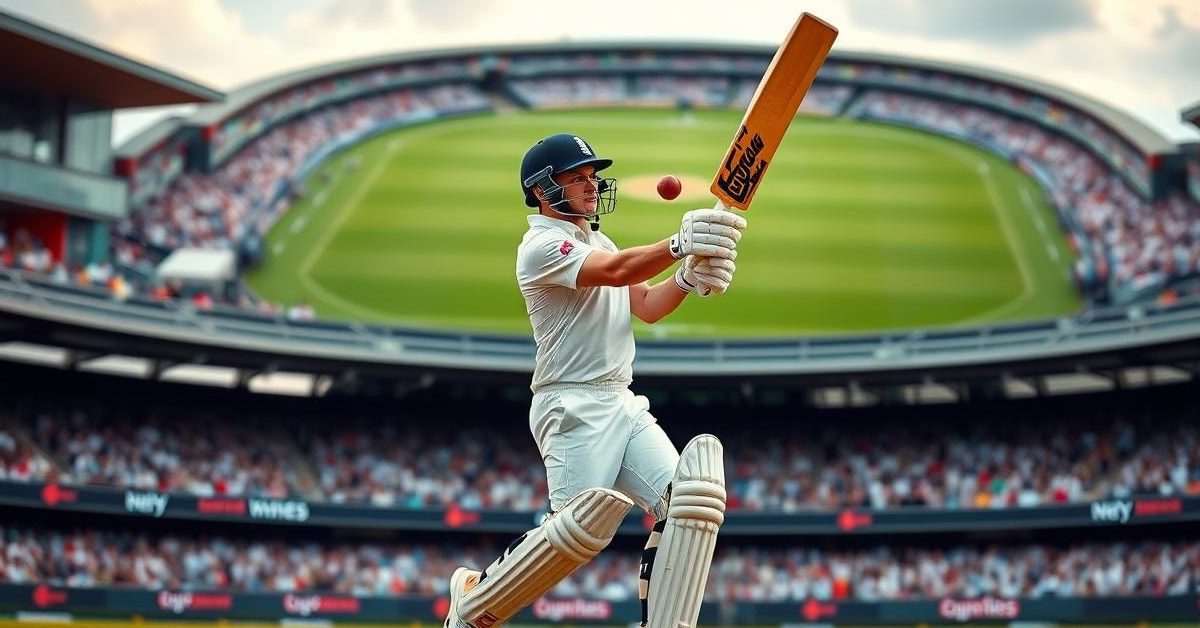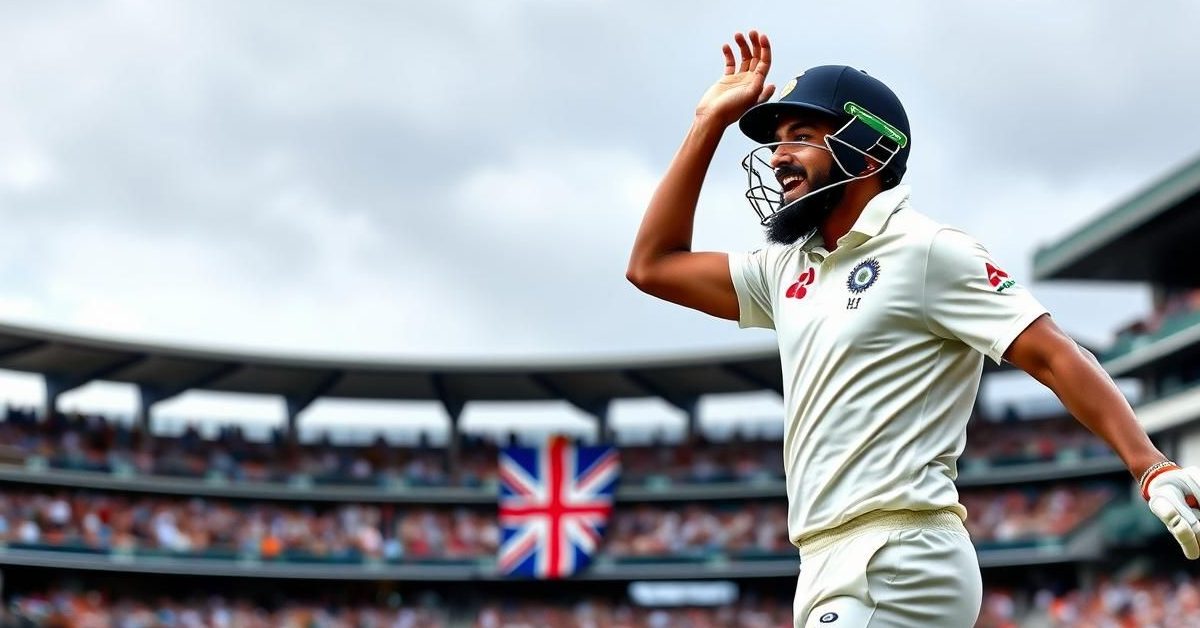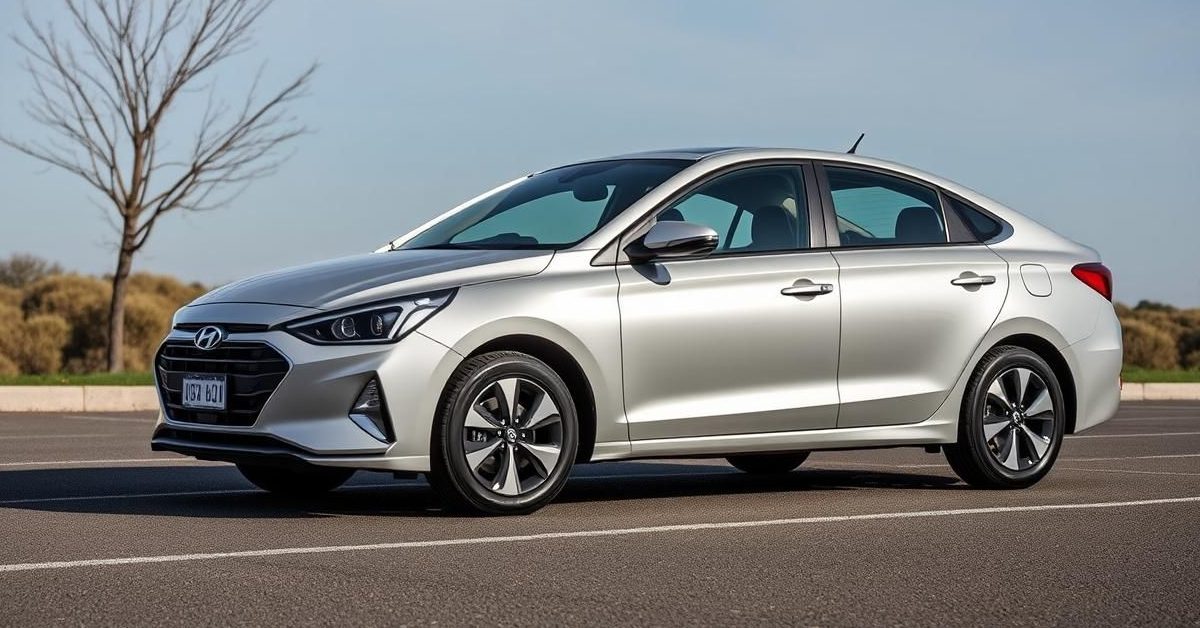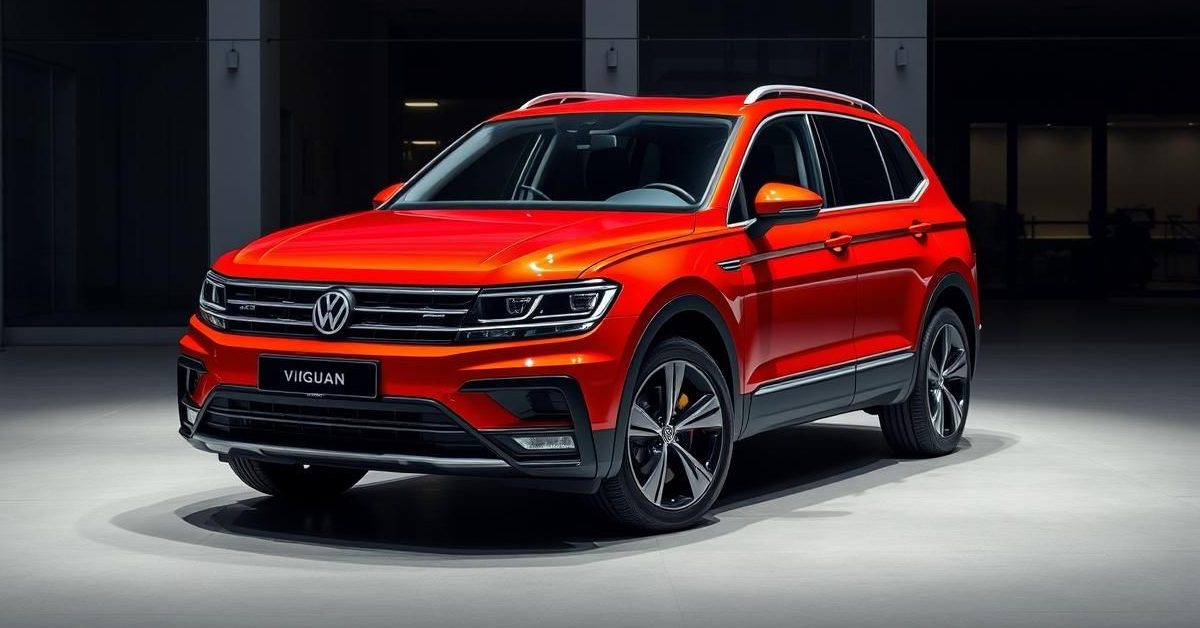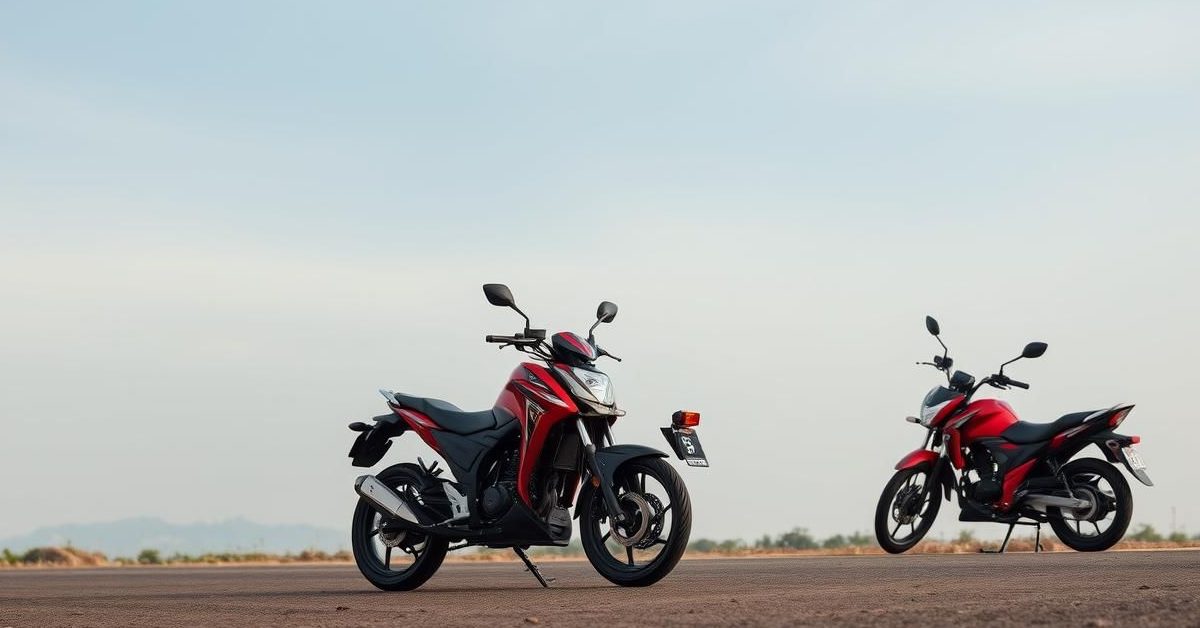India is actively working to negotiate a trade deal with the United States amidst tariff threats, while new archaeological findings in Goa shed light on a significant Portuguese-era arsenal, and ancient Chola history gains renewed attention.
India and the US Navigate Trade Tensions
India is preparing for crucial trade negotiations with the United States, responding to President Trump’s tariff threats. New Delhi is pursuing strategic concessions in sectors like nuclear energy, fossil fuels, and defence, rather than retaliation.
Both nations aim to double bilateral trade to $500 billion by 2030. Trade relations are strengthening, notably with India’s increasing share in US smartphone imports, driven by Apple’s manufacturing in India.
Unearthing Goa’s Portuguese Past
A recent discovery of cannonballs during excavation in Old Goa has provided new insights into a major Portuguese-era arsenal. An Archaeological Survey of India (ASI) report confirms the site’s function as a gun foundry, naval dockyard, and elephant stable.
This significant complex, located within Old Goa’s city walls, was developed by General Afonso de Albuquerque in the early 16th century. Historical accounts suggest it might have predated the Portuguese conquest, indicating its long-standing strategic importance and its role as a bustling hub that employed hundreds of workers.
Revisiting the Grandeur of the Cholas
The Chola dynasty is experiencing renewed public interest, highlighted by Prime Minister Modi’s visit to Gangaikonda Cholapuram. The Cholas are celebrated for their monumental temple architecture and innovative governance systems.
Their grand temples, including the Brihadishvara, Gangaikondacholapuram, and Airavatesvara, are UNESCO World Heritage Sites. The Chola polity featured a three-tiered system of village and supra-village assemblies, though their “kudavolai” elections had limited franchise and state oversight.
The Cholas also commanded significant naval power and forged extensive trade relations across Southeast Asia and with Sung China, establishing a vast commercial empire.
Technology’s Role in Modern Justice
Supreme Court Justice Surya Kant recently highlighted how technology can enhance access to justice in India. He emphasized that thoughtful use of digital platforms can break geographical barriers, bringing aid to citizens.
Justice Kant advocated for virtual Lok Adalats, which leverage secure video platforms for amicable dispute resolution. These Lok Adalats offer binding decisions, similar to civil court decrees, with the added benefit of no court fees.
However, he cautioned that technology must not replace the human element in justice and stressed addressing the “digital divide.”
Amicable End to Mahanadi Water Dispute?
A long-standing water dispute between Odisha and Chhattisgarh over the Mahanadi river may finally be resolved amicably. With both states now having BJP governments, a new collaborative approach is emerging.
Odisha Chief Minister Mohan Charan Majhi proposed a joint committee, including officials from both states and the Central Water Commission, to facilitate dialogue. Chhattisgarh Chief Minister Vishnu Deo Sai has expressed active consideration for this proposal.
The dispute, pending before a tribunal since 2018, centers on allegations of reduced water flow downstream due to upstream constructions by Chhattisgarh.
- India is strategically negotiating trade with the US, focusing on concessions rather than retaliation despite US tariff threats.
- A newly discovered Portuguese-era arsenal in Goa highlights the region’s historical importance as a major manufacturing and naval hub.
- The Chola dynasty’s legacy, including its grand temples and complex governance, continues to fascinate and be re-evaluated in modern discourse.
- Technology offers significant potential to enhance access to justice in India, particularly through virtual legal aid and Lok Adalats, but ethical considerations and the digital divide must be addressed.
- The Mahanadi water dispute between Odisha and Chhattisgarh appears headed for an amicable solution, facilitated by recent political alignment and a proposed joint committee.
These developments across trade, history, governance, and technology reflect India’s multifaceted progress and ongoing engagement with its past and future challenges.


